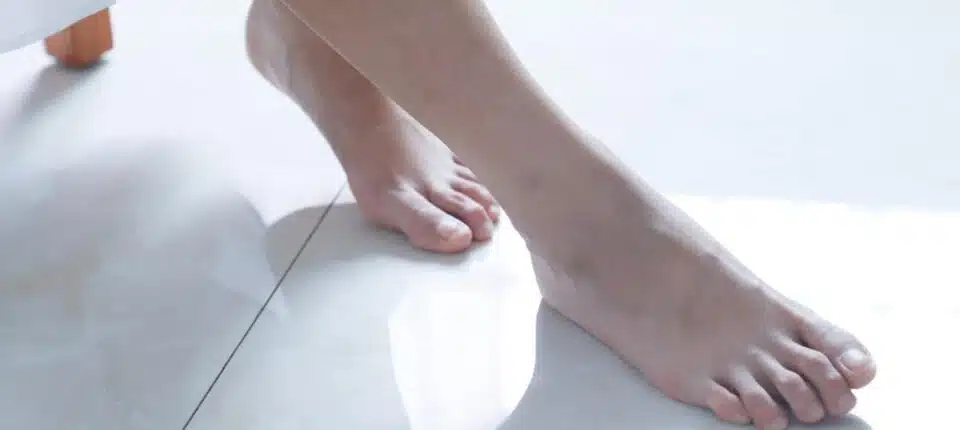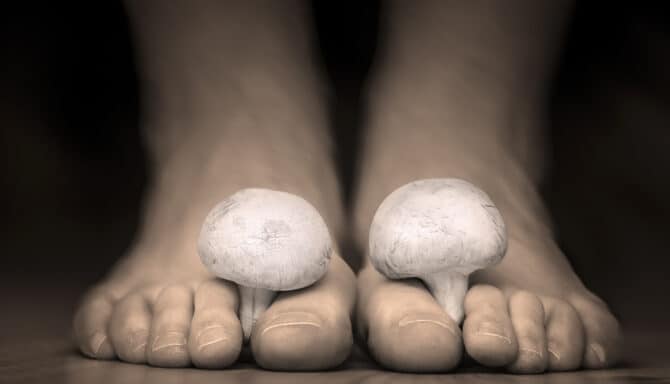Have you ever noticed horizontal lines or grooves lengthwise across your nails? The nail abnormality is called Beau’s lines. You may develop Beau’s lines after trauma to the nail, or it may be a sign of an underlying medical condition.
Today’s blog article explores Beau’s lines, potential causes, and treatment methods. Keep read to learn more about Beau’s lines and how to keep your nails healthy and strong.
What are Beau’s lines?
Beau’s lines are a type of nail abnormality. They are indentations, grooves, or lines that run horizontally across the nails. The condition can affect any number of fingernails or toenails. Amongst your toenails, the big toe is the most common culprit. Curious as to why they’re referred to as Beau’s lines? French physician Joseph Honoré Simon Beau first discovered the condition, hence the name.
What causes Beau’s lines on nails?
A temporary disruption in the growth of the nail matrix causes Beau’s lines. They are symptoms of an underlying illness, medical, or skin condition. They appear when average nail growth is interrupted, and the blemishes appear due to irregular keratin (skin cells) development. Once you can identify and treat the underlying cause, normal nail growth may resume.
Identifying Beau’s lines can be delayed because of the nail growth rate. Toenails grow at ~1.60 mm per month, so nail growth delays Beau’s lines’ arrival. The lines appear roughly 2-3 weeks after damage or cause sets in.
The number and distinctiveness of Beau’s lines can provide insights and clues into possible causes. For instance:
- One Beau’s line on a single toenail may indicate a less severe injury.
- Beau’s lines on multiple nails may indicate higher stress levels or a more severe injury/illness.
- Several rows of Beau’s lines on each toenail with a gap in between may indicate multiple traumas over time, but not at once.
- Fewer but thicker Beau’s lines may signify a chronic injury or illness.
Beau’s lines may occur for several reasons. Possible causes include:
- Illness or severe stress. Being ill or stressed can divert your body’s resources and nutrients away from nail growth. Blood flow interference due to an illness or infection is the culprit. Certain illnesses or infections can cause Beau’s lines, including:
- Viral infections
- Heart attack
- High fever
- Measles
- Mumps
- Pneumonia
- Strep infections
- Raynaud’s disease
- COVID-19. A study published in the National Library of Medicine noted that COVID-19 might cause Beau’s lines. The coronavirus is by no means the sole cause of Beau’s lines but can be a trigger. As such, Beau’s lines are sometimes known as “COVID nails.”
- Nail trauma. Acute or chronic trauma to your toenails can interrupt nail growth and cause Beau’s lines. For example, you may stub your toe, drop an item on your foot, or wear ill-fitting shoes that add undue pressure to your toes and toenails. Damage to the nail matrix—the part of the nail where growth starts—is notably correlated with Beau’s lines as growth is interrupted at the root.
- Skin conditions. Skin conditions, including eczema and psoriasis, can damage your nail matrix.
- Vitamin or nutrient deficiencies. Particular vitamin and nutrient deficiencies can interrupt nail growth. For instance, biotin deficiency is known to cause brittle nails and affect nail growth. Zinc deficiency is also linked to the nail condition.
- Chemotherapy side effects. Approximately 23% of anti-cancer therapy patients report nail changes. Changes to the nail may include Beau’s lines.
- Paronychia. Inflammation of the skin around the nails (known as paronychia) can cause Beau’s lines.
How do I treat Beau’s lines?

There is no one-size-fits-all treatment for Beau’s lines, nor is there a specific treatment for the condition per se. The key is to address the underlying cause – whether it be a medical condition or acute trauma – rather than the symptom (i.e.: what you see on your nails).
Below are several possible treatment methods you can try, depending on the underlying condition:
- Allow the nail to grow out. Nail growth is approximately 1 mm every 6-10 days. Letting the nail grow and slowly trimming the tips reduce the appearance of lines on the toenail. The entire toenail should grow out within 6-8 months.
- Apply creams or moisturizers for eczema or psoriasis. Moisturizing dry, itchy skin, both the byproducts of skin conditions, can help reduce the damage to the nail fold.
- Avoid salon manicures, artificial nails or harsh nail products. Avoiding harsh chemicals and products can help reduce the trauma of the nail matrix.
- Mask the ridges with nail polish. Nail polish is a cosmetic treatment to hide the grooves from Beau’s lines. However, some nail polishes can weaken the nail, so be cautious about your product.
- Get a medical pedicure from a licensed chiropodist to encourage proper nail growth, perform a thorough examination, and eliminate onychophosis (the buildup of skin cells in the nail folds, nail plate and cuticles).
- Take biotin supplements. Some studies suggest that taking biotin can increase nail plate thickness by 25%. Generally, adults 19+ should be consuming 30-35 mg of biotin per day.

If you find Beau’s lines persisting, or worsening, it’s recommended to contact a healthcare professional for a proper diagnosis and treatment plan.












